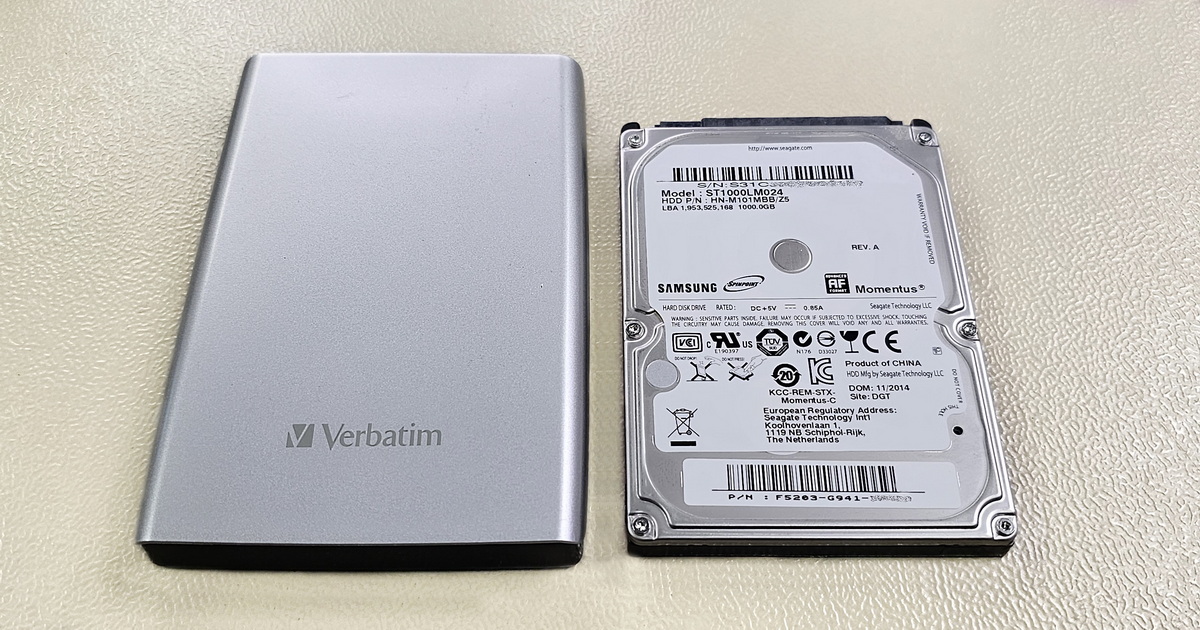SSDs contain no moving parts and may give the impression of being indestructible. Compared to hard drives (HDD), they are indeed more mechanically resistant, and a fall is unlikely to destroy them, and SSDs achieve significantly higher data transfer speeds, but they are certainly not indestructible data media. Typical SSD failures relate to its memory chips, controller, or firmware, where data becomes inaccessible due to degradation of any of these components or firmware failure. However, this SSD had its electronics severely damaged by a short circuit, making it an atypical problem. But even with this type of SSD data recovery, we can handle and restore data unless critical components are destroyed.
The first step in the data recovery process from such a damaged SSD was to determine the optimal procedure. The memory chips contain user data as well as the disk's service data. The way data is stored and deleted across memory chips, error correction, communication with the computer, and more is managed by the SSD controller. Therefore, the memory chips are assembled in a specific order relative to each other, and their positions must not change. None of the memory chips must be damaged, just like the disk controller. To operate more efficiently, most SSDs have their own RAM. These components need to be assembled onto a new motherboard (PCB), and this requires professional equipment, a bit of chemistry, and a technician loaded with years of experience. A mistake in this process could mean the irrecoverability of user data.
The procedure was determined correctly and the assembly of the SSD onto the new motherboard was successful. It was then possible to proceed to create a binary copy of the media and recover user data. The success rate in this case was almost 100%, but not every SSD data recovery turns out well. Critical components of the SSD can be irreversibly damaged, and then it is no longer possible to recover user data. Therefore, it is important not to neglect prevention. Regular data backups can save you a lot of trouble!
Explanation of Terms
SSD Controller (Solid-State Drive Controller)
The heart of every SSD is its controller, comparable to the conductor of an orchestra. The SSD controller coordinates all data storage and reading operations, manages communication between the SSD and the computer, and ensures efficient use of memory chips. Its advanced features, such as wear leveling, error-correcting code (ECC), and TRIM, are crucial for the long-term reliability and performance of SSDs. In the context of data recovery, the controller is fundamental because it determines how data is stored and organized on the chips.
Memory Chips (NAND Flash Memory Chips)
The core of every SSD are NAND flash memory chips, where both user and service data are stored. These chips use sophisticated semiconductor technologies to enable the storage of a large amount of data in a small space. The transition from traditional planar NAND chips to modern 3D NAND chips represented a revolution in SSD capacity and performance. The data recovery process involves a precise understanding of how data is distributed on these chips and how the SSD controller works with them.
Memory Chip Manufacturing Technology
Technological progress in NAND flash memory manufacturing plays an important role in the development of SSDs. Manufacturers are constantly seeking ways to increase data writing density while reducing the physical size of the chips. From the original SLC (Single-Level Cell), through MLC (Multi-Level Cell) to the commonly used TLC (Triple-Level Cell) and QLC (Quad-Level Cell) in conjunction with the use of 3D NAND technology, where data cells are arranged in vertical layers, this brought a significant increase in capacity without the need for further miniaturization of individual cells. We talk about 1 - 4 bits that fit into a single memory cell and the transition from the original planar (flat) technology of layering memory cells to today's common 3D technology, allowing vertical layering. These innovations also have an impact on the lifespan of SSDs and consequently the possibilities of data recovery from damaged SSDs.
RAM in SSDs (Cache Memory)
Many SSD devices are equipped with integrated RAM, which serves as a cache for temporary data storage. This cache helps optimize read and write processes by storing frequently used data and thus reducing wear on NAND chips. While NAND chips store user data long-term, RAM is used for short-term operations and does not have a lasting impact on data retention.
- Details
- By Frantisek Fridrich
- Parent Category: Blog
- From Practice




























